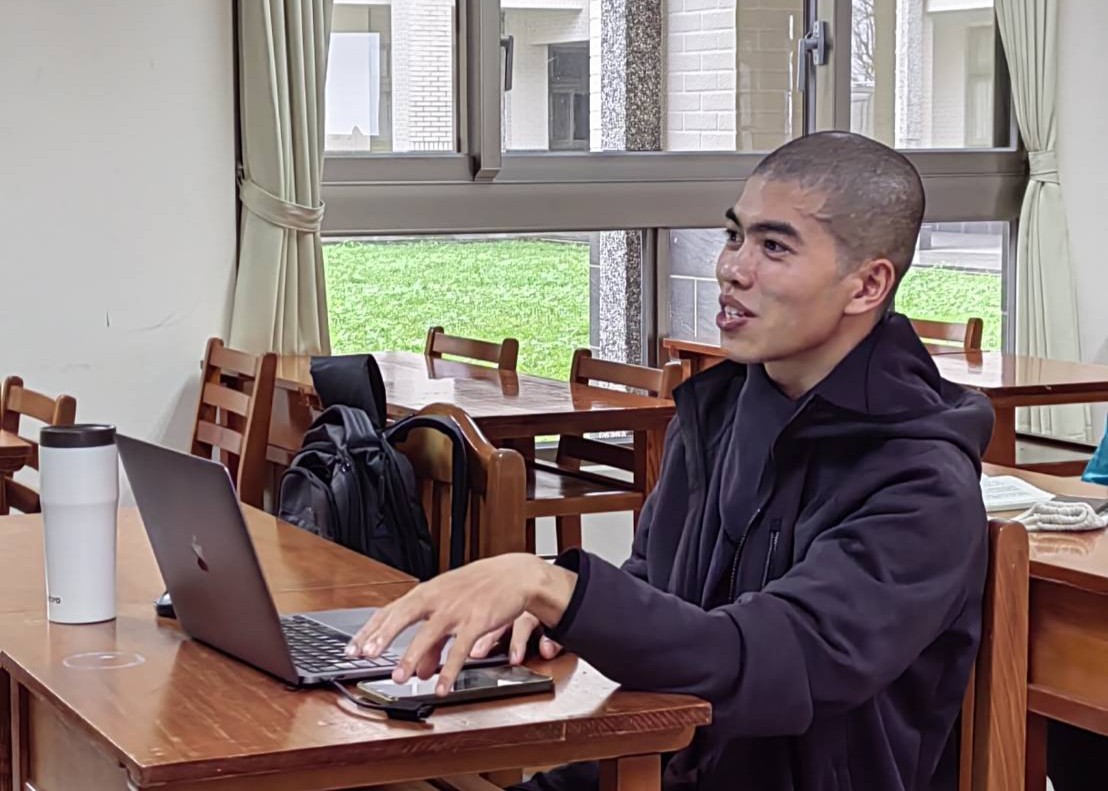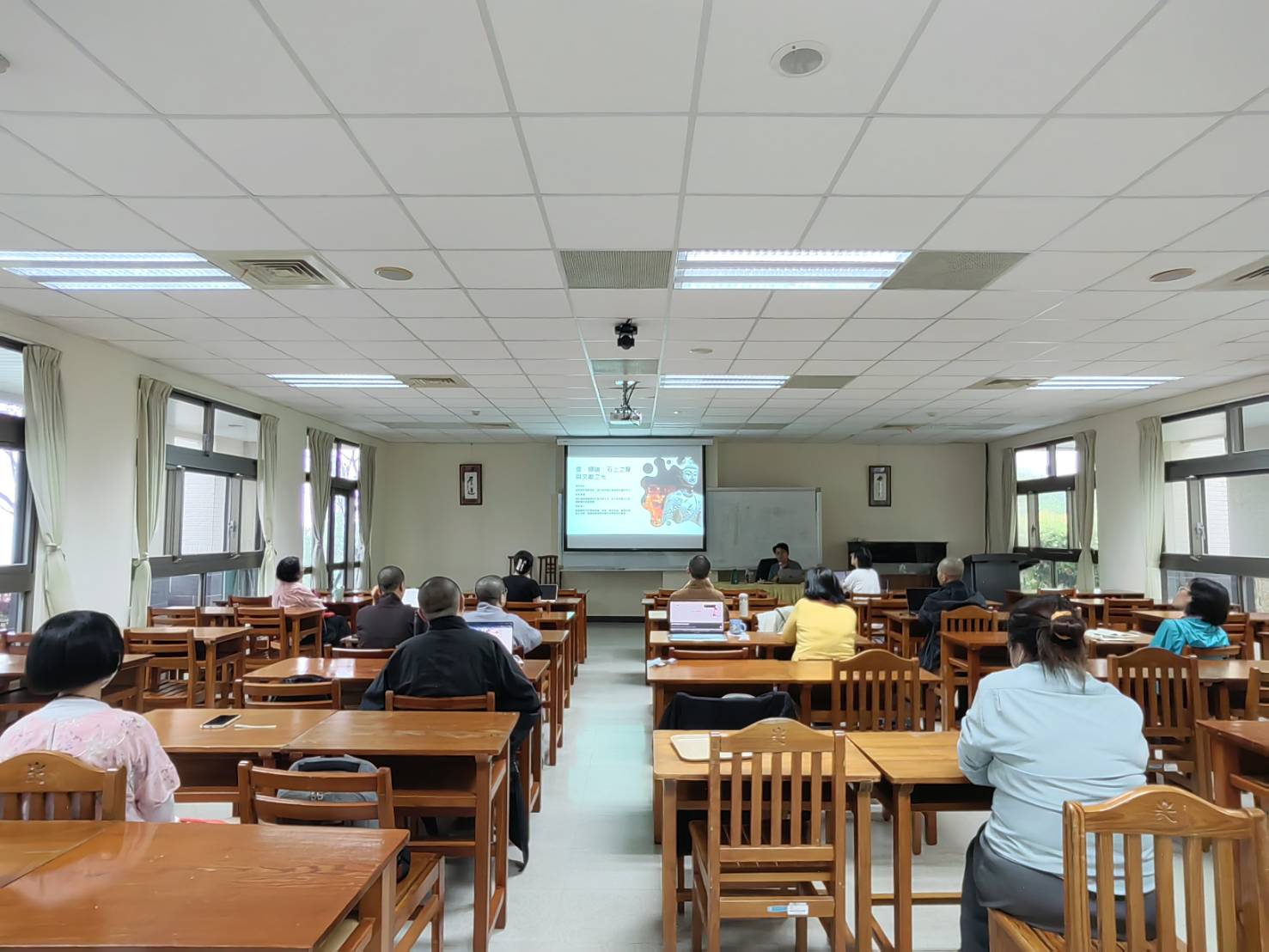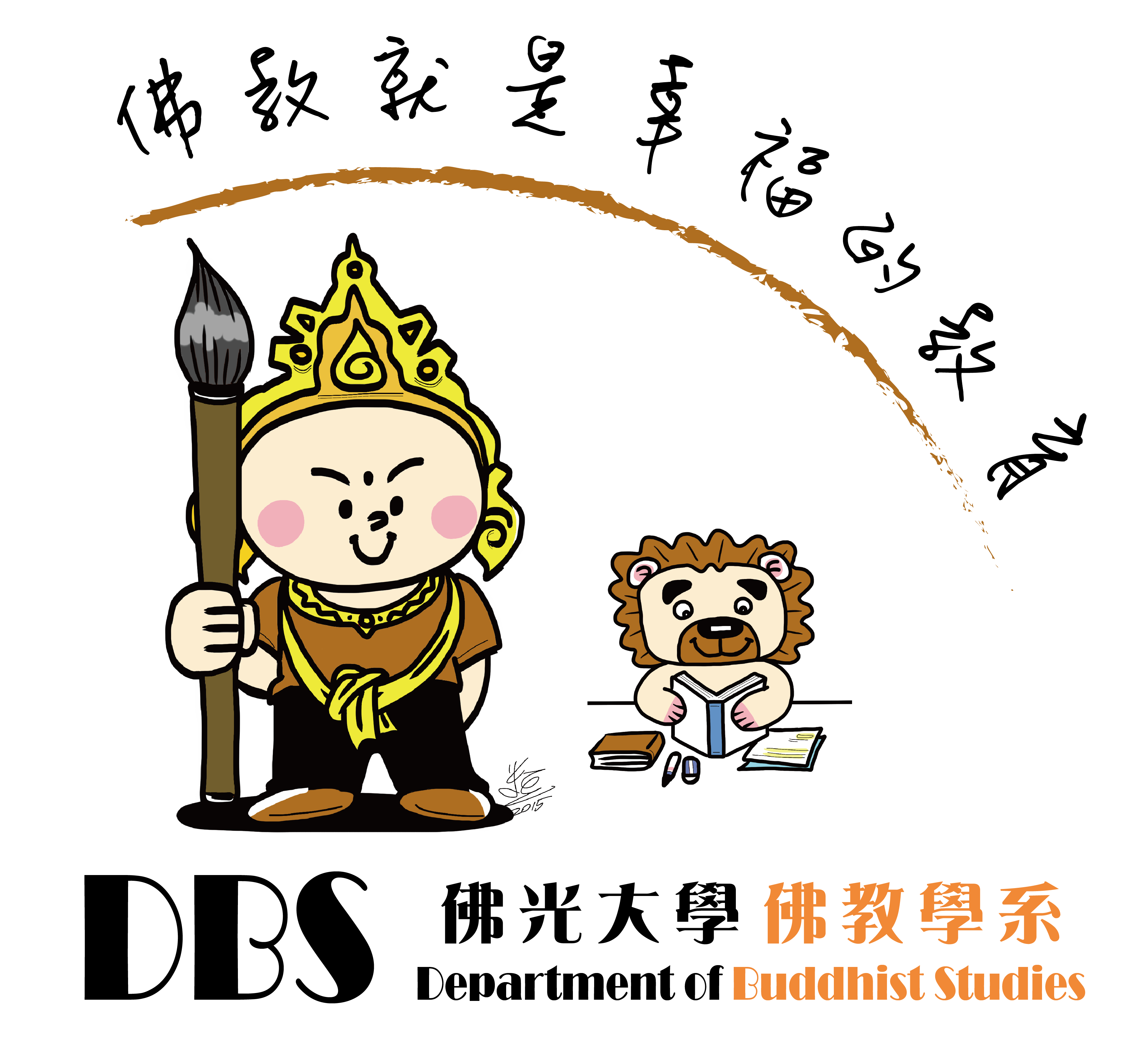Dr. Lee Kuei-min delivered a lecture titled “The Dharma Inscribed in Stone: The Interweaving of Buddhist Texts and Regional History in Vietnamese Epigraphy” as the first session of the Fo Guang University Center for Buddhist Studies’ Buddhist Teaching Workshop Series, held on October 28, 2025.
Invited as the keynote speaker, Dr. Lee ( the Department of History at National Cheng Kung University) guided faculty and students in examining how stone inscriptions serve as crucial media for both the writing of Buddhist history and the practice of religious devotion.
Dr. Lee began by emphasizing that epigraphy is not merely a collection of religious commemorations; it also constitutes indispensable historical materials that fill gaps left by texts and official histories. Since the Lý and Trần dynasties, Buddhist inscriptions have been found throughout Vietnam, documenting a wide range of themes such as monastic lineage transmission, temple construction and renovation, donor merit-making, and state policies. These “voices carved in stone” and “lights preserved in inscription” allow later generations to hear the resonances of Buddhist transmission within local societies.
In the lecture, Dr. Lee first reviewed the religious policies and Buddhist developments of the Trần dynasty, noting that Trần Buddhism was royal-led and carried both political and cultural significance. Using the Stele of the Thanh Mai Viên Thông Pagoda as an example, he pointed out that the inscription records in detail the lineage of the Trúc Lâm Zen tradition at Yên Tử, illustrating how Vietnamese Zen Buddhism became localized through the interplay of state authority and regional belief. The stele also preserves information on Buddhist rituals, official titles, place-names, and family lineages—valuable evidence for reconstructing sectarian networks and social hierarchies.
Dr. Lee then outlined three major periods of Vietnamese Buddhist epigraphy:
-
Formation period (11th–14th centuries), represented by the Trần dynasty, during which Buddhist institutionalization and the development of Zen traditions unfolded simultaneously;
-
Revival period (17th–18th centuries), marked by the southward transmission of the Linji Zhusheng lineage from China, creating a high point of Sino-Vietnamese Buddhist interaction;
-
Early modern period (19th century onward, under the Nguyễn dynasty), when inscriptional language became more standardized, reflecting increasing state management and the politicization of Buddhist spaces.
Professor Li also showcased the recent digitization achievements of the Vietnam Institute of Hán-Nôm Studies, which now holds 50,000 rubbings and has published a 22-volume Complete Collection of Hán-Nôm Inscription Rubbings. These resources form an essential foundation for the study of Vietnam’s religious and social history.
On the intellectual front, Dr. Lee highlighted the inscriptional writings of the 18th-century Confucian scholar Lê Quý Đôn. Lê interpreted the Buddhist doctrine of “entering the path through hearing” using Confucian vocabulary, arguing that “hearing also triggers enlightenment.” He rearticulated the Śūraṅgama Sūtra’s teaching of “turning the faculty of hearing inward to hear one’s own nature” into a Confucian framework of self-cultivation akin to gewu zhizhi (“investigating things to extend knowledge”). This literary practice not only exemplifies the intellectual fusion of Confucianism and Buddhism but also demonstrates how literati actively intervened in Buddhist cultural spaces.
In conclusion, Dr. Lee stressed that stone inscriptions are more than religious records—they are bridges that connect local communities with their religious cultures. Through these inscriptions, one can see how temples functioned as centers of local education and documentation, how they consolidated the religious capital of social elites, and how they shaped the localized contours of Vietnamese Buddhism across history.
During the final Q&A session, participants raised enthusiastic questions regarding inscriptional language features, lineage transmission, and East Asian Buddhist networks. The event not only broadened perspectives in Buddhist Studies but also reaffirmed the irreplaceable value of epigraphic research in the study of religious history and cultural memory.



 College and Department of Buddhist Studies, FGU
College and Department of Buddhist Studies, FGU